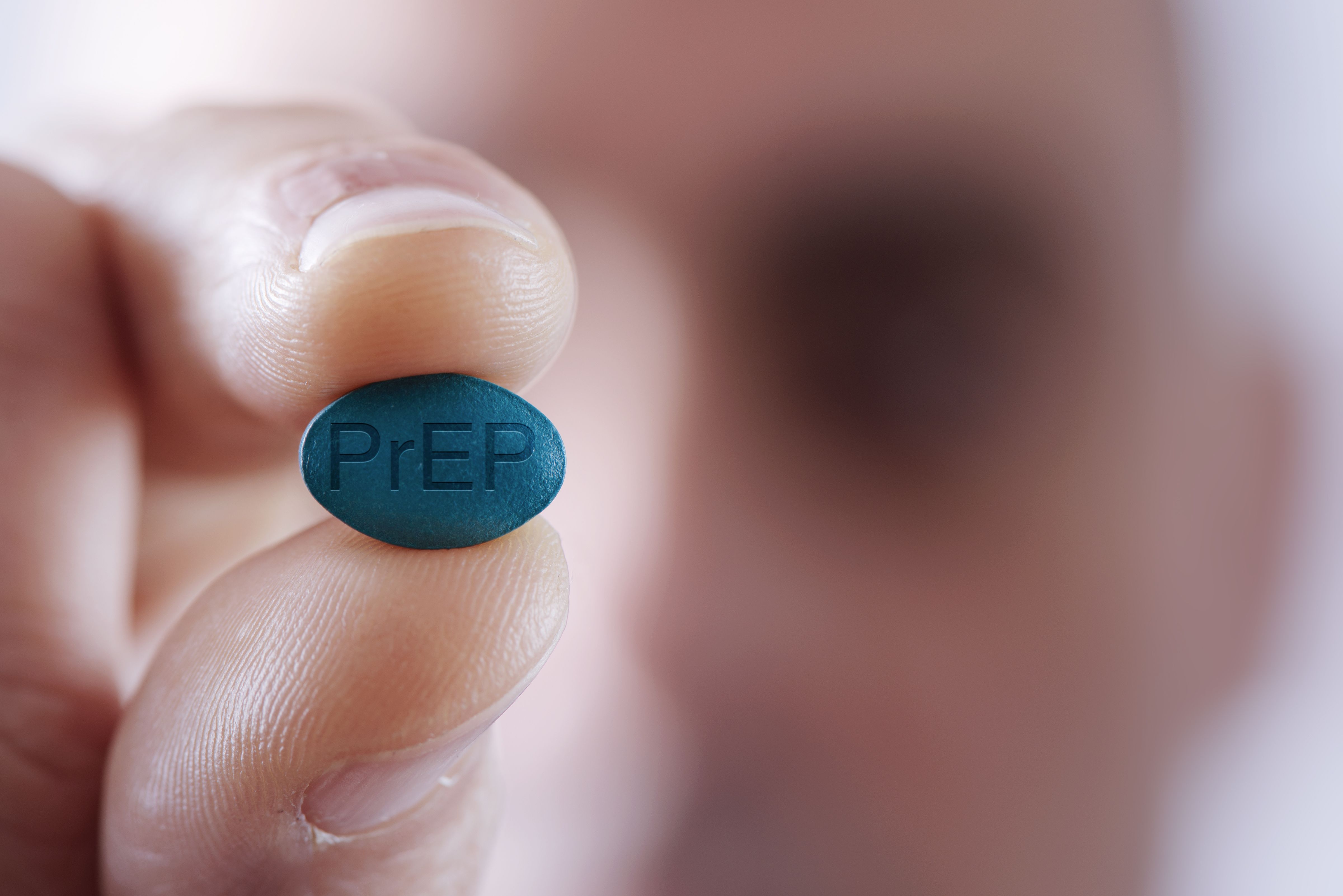HIV PrEP Awareness Increases Significantly, but Usage Still Lagging
One study presented at CROI 2022 found that HIV PrEP awareness increased among Latinx/Hispanic men who have sex with men, but usage has remained relatively stable for several years.

Hispanic/Latinx men who have sex with men (MSM) are at disproportionately high risk of HIV infection. Pre-exposure prophylaxis (PrEP) is a safe and effective preventative option, yet only 1/3 of Latinx MSM at risk of HIV reported discussing PrEP with a healthcare provider.
One study, presented virtually at the 2022 Annual Conference on Retroviruses and Opportunistic Infection (CROI), sought to examine the PrEP care continuum among Latinx MSM to inform medical and public health outreach to this at-risk population.
The study, led by Michael P. Barry, MPH, utilized data from Emory University’s 2014-2020 American Men’s Internet Survey. This serial cross-sectional web-based survey of cisgender MSM in the US enabled the investigators to identify a cohort of Latinx/Hispanic MSM who reported negative or unknown HIV status and definitively answered whether they were aware of PrEP.
The investigators used bivariate log binomial regression to identify correlates of reporting PrEP usage among 2020 study participants. Most participants were under 30, had completely high school (or received an equivocal degree), had stable housing, identified as gay, and primarily spoke English.
From 2014-2020, the results showed PrEP awareness in the study population increased from 52.5% to 83.7%. However, PrEP usage increased only slightly, from 10.6% in 2016 to 11.5% in 2020.
The investigators found the greatest gap in the PrEP care continuum between a participant being aware of PrEP and having discussed PrEP with a health care provider; in 2020, 51.1% of those who discussed PrEP with a primary care provider had used PrEP in the past 12 months.
Current PrEP usage was most common among participants who were older, identified as gay, had health insurance, and met the US Centers for Disease Control and Prevention’s (CDC) PrEP eligibility criteria.
The study authors concluded that despite increasing PrEP awareness, current PrEP use has remained relatively stable since 2016. They noted that PrEP usage is higher among people with more risk factors, but younger age and lack of insurance are still barriers to PrEP uptake.
The study, “Trends in the Pre-exposure Prophylaxis Continuum Among U.S. Latinx MSM,” was presented virtually during the 2022 Annual Conference on Retroviruses and Opportunistic Infection (CROI).
